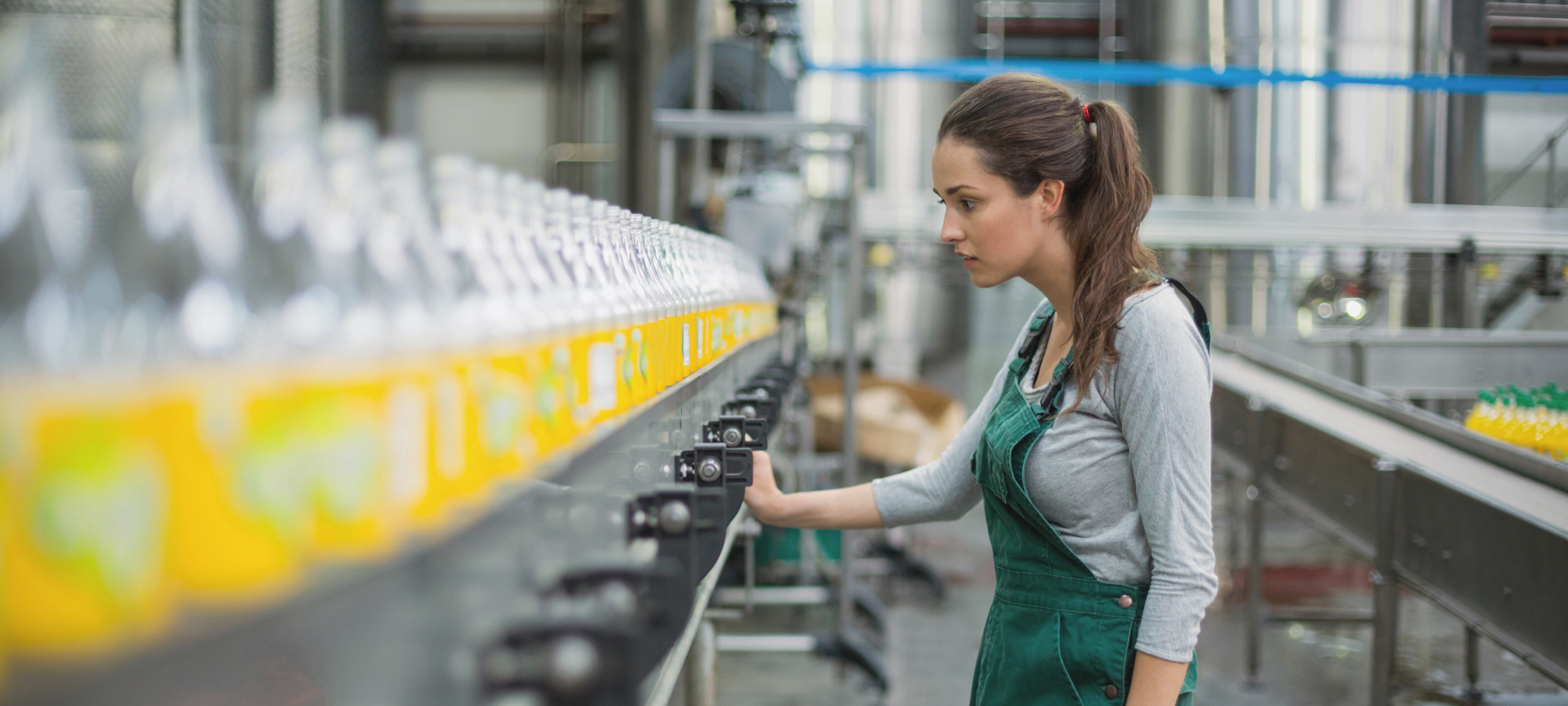How to optimize production parameters with driver analysis
When it comes to operations, you don’t need Madame Mystique and her crystal ball to see – and even manipulate – the future. All you need is an AI model and an intuitive dashboarding and visualization platform to identify parameters that have the biggest impacts on your production outcome, and modify them to achieve the ideal balance for your business.

Got a problem with scrap? Not sure what to tweak and where on your production line in order to maximize quality and minimize defects? Have you already taken measures to optimize the use of raw materials but still end up with too much production waste? All of these things – quality, efficiency, resource use and their costs – are related.
Driver analysis defined
“To sum things up,” explains delaware data and AI expert Wouter Labeeuw, “in driver analysis, production parameters are fed into an AI model that predicts the outcome of the production process based solely on these parameters. Those with the biggest effects are the ‘drivers’, which can be tweaked and adjusted by the process engineer to strike the perfect balance between quality and resource use. They can even perform ‘what-if’ analysis to identify the outer limits of the process, which could cause issues when exceeded.”
The process engineer probably have some idea of which production parameters have impacts on the products coming off the line. “Since they’re so familiar with the machines, their settings and the ins and outs of the production process, they may have gut feelings about which drivers to adjust,” Wouter continues. “We gather that information and use the AI model to verify what the real drivers are.”
The advantage? “Driver analysis transforms ‘gut feelings’ into a statistically sound model, giving the engineer better insights into not just what to tweak, but by how much, and what concrete impacts those tweaks will have. In short: it takes away the guesswork.”
Doing away with waste through driver analysis
A delaware.ai customer – a manufacturing company – wanted to invest more in data science and address inefficiencies in its production process. Process experts estimated that production line waste added up to hundreds of thousands of euros per year, but they weren’t sure which production parameters affected each other and the finished product.
Specifically, process engineers observed that differing amounts of expensive overlay material would be discarded by the line as waste after being applied to various types and qualities of underlying materials. They wanted to learn more about the interaction between the type and amount of both overlay and underlay.
The solution
delaware.ai joined forces with DataStories to gather measurements on the qualities of the raw materials being combined (size, texture, volume, etc.) during the production process. These figures were fed into an algorithmic model with a virtual production line control board, allowing the engineer to turn the knobs to adjust overlay type and amount according to the material receiving it.
Just enough of the overlay material is applied to products according to their different characteristics – for less waste and big cost savings.
DataStories takes driver analysis to the next level
For specific cases, the delaware.ai team designs and builds a driver analysis solution from scratch. However, data scientists are needed to work with, manipulate and interpret results from a bespoke machine-learning system. That’s where our partnership with DataStories comes in: to make driver analysis easily accessible to a wide range of companies.
“The value of DataStories lies in its visualization capabilities,” Wouter asserts. “In addition to the powerful, self-teaching computational engine driving the solution, DataStories’ visualization dashboard makes it easy to see and interpret the driver insights without needing a background in data science.”
Combining this platform with our team’s expertise in complex production environments means rapid, meaningful results that companies can act upon to add value immediately. Wouter: “Even more, there’s no need to invest in any IT resources – the solution runs in the cloud.”
Ready to discover more inspiring stories like this one? Download our exclusive e-book ‘Efficiency & operations: Adding intelligence to your operational processes’ for down-to-earth explanations.



